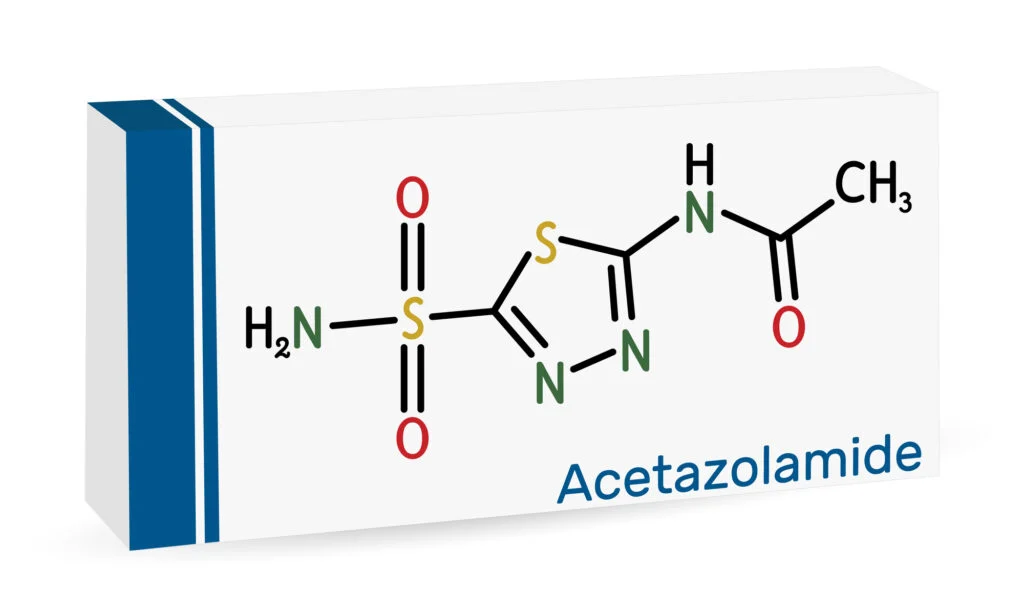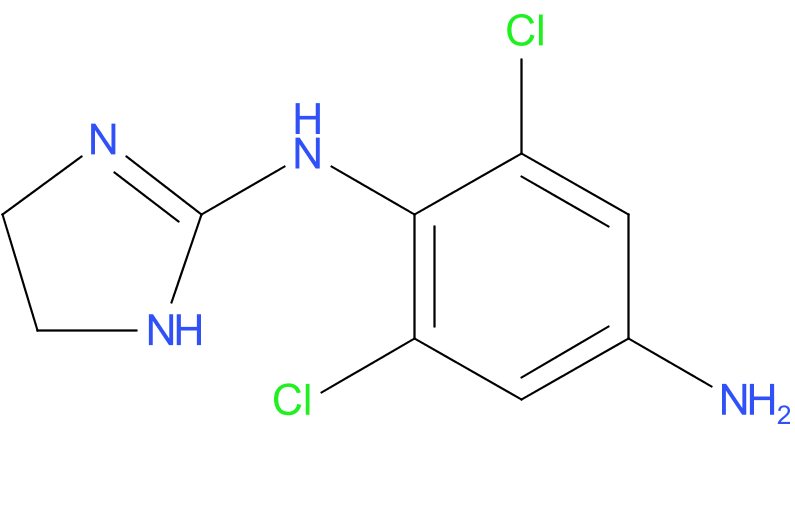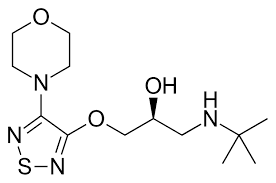An Effective Oral Treatment for Glaucoma
Diamox (generic name: acetazolamide) is a carbonic anhydrase inhibitor widely used to treat glaucoma and ocular hypertension. Unlike topical eye drops, Diamox is taken orally and reduces intraocular pressure (IOP) by decreasing the production of aqueous humor in the eye. It is especially effective in acute situations, such as angle-closure glaucoma attacks, or as an adjunct treatment when other medications are insufficient.
The medicine is used also for Idiopathic Intracranial Hypertension (IIH), Epilepsy, Altitude Sickness (Acute Mountain Sickness), Periodic Paralysis, Kidney Stones, and Edema.
Pressure-Lowering Strength
Diamox can lower IOP by approximately 20–30%, making it a powerful option for managing elevated pressure. However, it is typically reserved for short-term use due to its systemic effects.
How Does Diamox Work?
Diamox inhibits carbonic anhydrase, an enzyme involved in the production of aqueous humor. By reducing the fluid’s production, IOP is decreased, helping to protect the optic nerve from damage.
Side Effects and Considerations
As a systemic medication, Diamox can cause more side effects compared to topical treatments. Common side effects include:
- Tingling in the fingers, toes, or face
- Fatigue
- Loss of appetite or nausea
- Frequent urination
- Altered taste, especially for carbonated beverages

Less common but serious side effects include kidney stones, electrolyte imbalances, and allergic reactions. Patients with kidney disease, liver disease, or a history of sulfa drug allergies should avoid Diamox.
Elimination and Half-Life
Diamox has a half-life of approximately 10 hours and stays in your system for approximately 50 hours before being fully eliminated. Since it is primarily eliminated through the kidneys, proper hydration is essential to reduce the risk of kidney stones while taking this medication. Its effects on lowering intraocular pressure (IOP) can last for 8 to 12 hours per dose, depending on the individual’s metabolism and dosage. This is why it is often prescribed in divided doses throughout the day for consistent pressure control.
Combination Therapy
Diamox is often used alongside topical medications like prostaglandin analogs (e.g., latanoprost) or beta-blockers (e.g., timolol) to achieve enhanced IOP control. In acute settings, it may also be paired with intravenous administration for rapid effect.
Withdrawal Symptoms
Diamox (acetazolamide) generally does not cause classic withdrawal symptoms. However, if the medication is abruptly stopped, intraocular pressure (IOP) may rebound, especially in glaucoma patients, potentially leading to optic nerve damage if left unmonitored. To avoid this, it’s essential to taper off the medication under medical supervision when transitioning to another treatment or reducing dosage.
In rare cases, discontinuation of long-term use might result in mild symptoms like headache, fatigue, or irritability, but these are uncommon and usually temporary.
What Patients Should Know
Diamox is usually prescribed for short-term use due to its side effect profile. Regular monitoring of kidney function, electrolyte levels, and IOP is necessary while on this medication. Patients should also inform their doctor of any pre-existing medical conditions or other medications they are taking.
Diamox is a potent option for lowering IOP, especially in urgent situations or when other treatments fall short. Its effectiveness, when combined with careful monitoring, makes it a valuable tool in the management of glaucoma.


